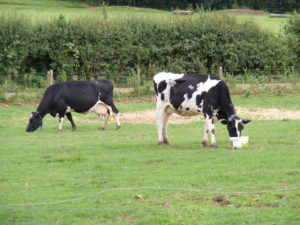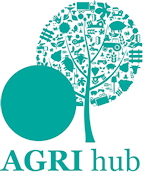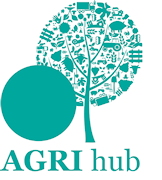 Dairy farmers could save more than £46,000 a year by making better use of grazed grass and forage, according to Kingshay’s latest Dairy Costings Focus Report.
Dairy farmers could save more than £46,000 a year by making better use of grazed grass and forage, according to Kingshay’s latest Dairy Costings Focus Report.
It found that, on average, farmers spent £559 a cow – or £115,713 a year – on purchased feed in 2016/17. However, the top 25% of farmers (ranked by milk from forage) spent just £438 a cow, while the bottom quartile spent a whopping £722. “For a herd selling 1.6m litres of milk, a 2.93p/litre difference in feed costs – which is the gap between the top and bottom quartile of producers – is worth £46,880,” says Kathryn Rowland, senior farm services manager at Kingshay. “That could be the difference between profit and loss on many farms, even with slightly better milk prices this year.”
On average, dairy farmers produced 31% of their milk from forage in 2016/17 – one percentage point down on the previous year due to slightly poorer grazing and harvesting conditions. However, the top 25% of producers averaged 3,721 litres – or 48% of their yield – from forage. In contrast, the bottom quartile of farmers only produced 1,176 litres – or 14% – from forage. As a result, they had to feed over 1.1 tonnes more concentrates per cow, cutting their margin to 15.64p/litre compared with 18p/litre among the top 25% of producers.
So how can producers go about increasing the amount of milk produced from forage? From a management perspective, farmers should focus on rotational grazing, good grass management and supplementary feeding to boost yields from grass without affecting cow health or productivity.
“Measure grass growth with a plate meter to create a grass budget, so you can accurately predict whether you have enough grass to meet the cows’ requirements,” says Mrs Rowland. “Consider whether leys would benefit from reseeding with newer varieties, and pay attention to making the best quality silage possible: It’s not all about grass yields – quality is important too.”
However, to make informed decisions, it’s vital to start out by benchmarking against other, similar sized farms, to understand how your figures stack up. “In an industry where being average seems unlikely to result in reliable long-term profit, there is much to gain from benchmarking herd performance,” explains Mrs Rowland. “Only then can you estimate the financial gains from making any changes to lower milk production costs in the longer term.”
At a time of intense political and economic uncertainty, planning ahead is more important than ever, she adds. “You have to focus on factors that you can control, and keep a tight grip on costs of production and forecast gross margins so that you can react quickly to any changes in the market.”
To help farmers do this, Kingshay and The Farm Consultancy Group have developed AgriBudget – bespoke farm budgeting software that is both straightforward and flexible to use. To find out how benchmarking and budgeting can help you, visit the Kingshay stand at UK Dairy Day and the Dairy Show, or for a free 14-day trial call Kingshay on 01458 851555 or email [email protected].
- Kingshay’s Dairy Costings Focus Report 2017 is free to download at kingshay.com



